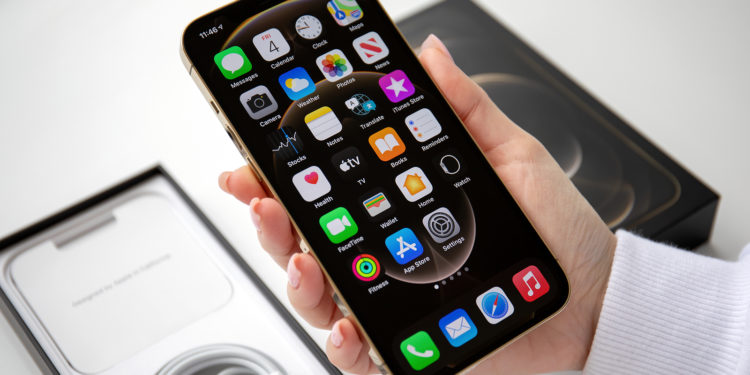Apple introduced the iPhone 12 series in October 2020. 5G connectivity was integrated for the first time. According to a new report, the iPhone 12 will be a fifth more expensive to produce than its predecessor.
According to an analysis by Counterpoint, the production of the current iPhone generation is expected to be about 20 percent more expensive than the iPhone 11. The analysis states:
Manufacturing a 128GB iPhone 12 mmWave (millimeter wave) smartphone will cost Apple up to $1,431, up $261,000 more compared to the iPhone 11, according to the latest Bill of Materials (BoM) analysis from Counterpoint's component research practice. Despite a cost saving of over $27 million due to the simplified RF design, the BoM cost of the pure sub-6GHz model for overseas markets still increased by $18 million.
Assuming a 38 percent mmWave mix, the mixed material cost for the iPhone 12 with 128GB NAND flash is nearly $415, an increase of $21 percent over the previous model. The application processor, 5G baseband, display, and 5G RF components represent the main areas of cost increase.
iPhone 12: Did Apple put price pressure on component suppliers?
According to the report, Apple's self-developed components such as the A14 Bionic chip and the Ultra Wideband (UWB) chip account for over 16.7 percent of the total BOM cost, while the switch from LCD to OLED in the iPhone 12 leads to a cost increase of over $23. It is suspected that Apple has put price pressure on component suppliers to offset the increased costs of the new 5G technology and minimize the need for price increases. In addition, Apple is said to have used a hybrid hard and soft battery board for the iPhone 12, which is reportedly 40-50 percent cheaper than the corresponding part in the iPhone 11 series. (Photo by Denys Prykhodov / Bigstockphoto)





